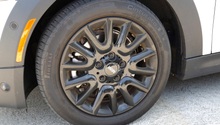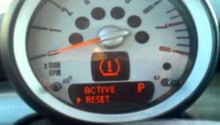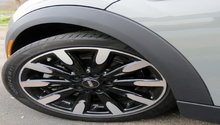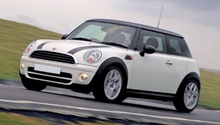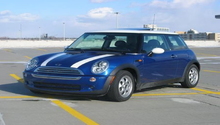Mini Cooper: Tires General Information and Specs
Are you in the market for a new set of tires for your Mini Cooper? With so many choices, it can be hard to determine what's right for your car. This article contains all the information you need to know before you drop some hard earned cash on a new set of tires.
This article applies to the Mini Cooper (2001-Present).
It's hard to understate the importance of a good set of tires, especially when you consider that those four pieces of rubber are the only thing keeping your car planted to the pavement. The right set of tires can keep you planted firmly to the ground in all conditions, from high speed sunny day corners to torrential downpours. And not only do tires affect your handling, they also have a big impact on your car's ability to stop, ride quality, and fuel consumption. But what types of tires do you need to extract optimum performance from your Mini Cooper, and how do you know when it's time for a fresh set of rubber? Keep reading, as we'll answer all of those questions and more.
Tires
Mini Cooper Tire Specifications
The Mini Cooper is a small, fairly lightweight, and impressive handling car right out of the box. Tire size and weight can therefore have a big impact on the car's performance—heavier tires mean more rotational weight, but they can also provide more grip depending on their design. OEM size wheels and tires range from 15" to 18", so you have a pretty broad range of options to choose from. 15" OEM tire size for the standard Mini was 175/65-15, while the S model came with a variety of options: 195/55-16, 205/45-17, and 205/40-18. Bigger tires look good, and the wider tread can improved handling. Just remember that more size equals more weight, as do run flat tires, which can add significant unsprung pounds to each corner of your car.
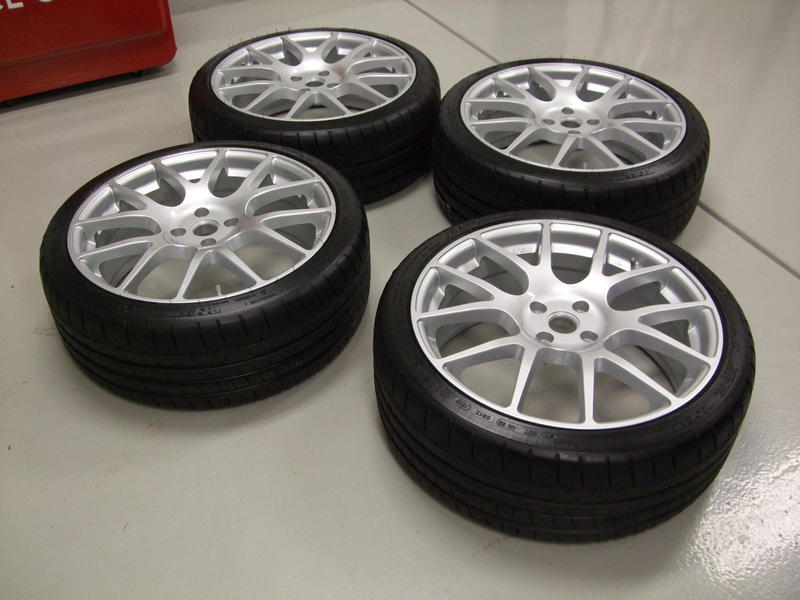
Inspecting Your Tires
Ignoring the condition of your tires for too long or failing to maintain them properly can lead to premature wear and potentially serious problems down the road. You should inspect your tires at least once or twice a month, checking for proper inflation and measuring tread depth as well as inspecting them for damage. Under-inflated tires can make the outer edges of the tires contact the road and cause them to wear more quickly than the center. Over-inflation can have the opposite effect, wearing the center of the tread faster than the outer edges. Tires that wear on one side quicker than the other can signal a bad alignment or suspension issue, as can erratic wear like cupping. When driving, a pull to one side or vibrations and thumping noises can also signal a problem with the tires.

Proper Tire Maintenance and Inspection Tips
Checking tire tread is simple, and can be completed with a tread depth gauge or just a penny or quarter. To check your tread depth with a penny, insert it into the tread with Lincoln's head facing down. If you can see above Lincoln's head, you have less than 2/32" of tread left and the tires should be replaced. Measuring with a quarter is done using the same method—with Washington's head facing down. If the top of head is not visible, you have at least 4/32" of tread left and your tires are fine.
To check tire pressure, use a good quality gauge. Tire pressure should be checked when your tires are cold, as warm tires can read up to 5 psi higher. Check the sidewall of the tire for the inflation range and inflate/deflate the tires accordingly so they are within that range.
Tire maintenance is also important if you want to extract the maximum lifespan from your tires. Always follow the manufacturer's maintenance schedule in regards to tire rotation, balancing, and wheel alignment.
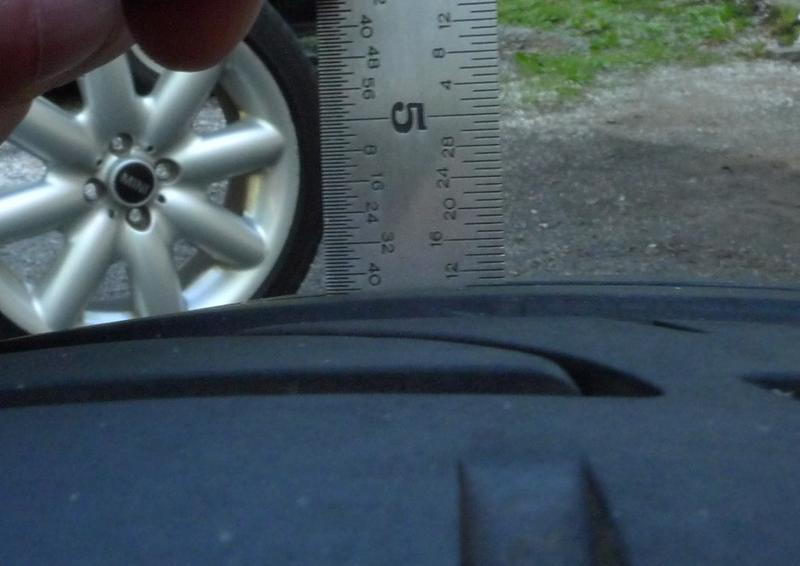
Related Discussion and Site
- Mini Cooper Wheel and Tire Specifications - NorthAmericanMotoring.com
- Tire Safety and Maintenance - AAA.com

